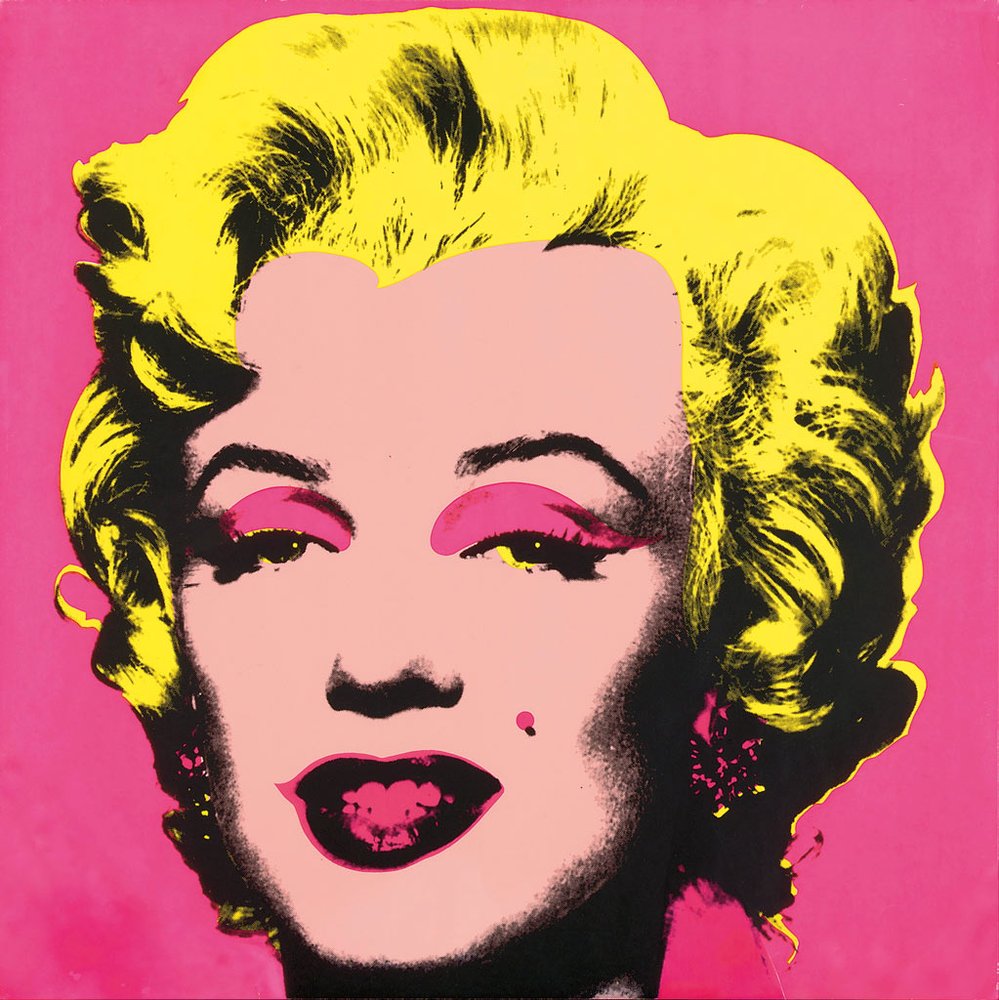Pop to Popism
Anthony Buselli and Anthony Springford managed to get to the Pop to Popism show at the Art Gallery of New South Wales on a Wednesday night, in time for a drink at Art After Hours.
Pop artists were among the first to enthusiastically embrace the power of mass media, and the fuzzy area between popular culture and (so called) high art. Pop artists like Warhol and Hockney made ideas like humour, playfulness, ambivalence and kitsch central to the language of art, and since the 1960s the ideas of Pop, including the use of prints and multiples, have become the norm for contemporary art. Every artist responds to mass media in different ways, because we can’t escape it.
The core mission of Black Parrot -- to bring artists closer to audiences, and to close the gap between serious art and everyday life – is also part of the legacy of Pop. To quote Oldenberg’s wonderful manifesto of 1961: “I am for all art that takes its form from the lines of life itself, that twists and extends and accumulates and spits and drips, and is heavy and coarse and blunt and sweet and stupid as life itself.”
The success of Pop art seemed to be the strength and the problem for the Pop to Popism exhibition. There’s no doubt that there is some amazing work in the show, and I’d encourage anyone to see it for the Warhol Marilyns, the Gerhardt Richter and the Sigmor Polke, even if there was nothing else there. The problem is that there is so much else there! Because of the incredible influence of Pop Art ideas, there is no logical end to the exhibition.
The show starts with classic narrative of Pop – its emergence in post-war Britain coming out of Dada collage, and then the enormous punch of the great Americans like Warhol and Lichtenstein, followed by a diversity of British, French and German interpretations of the same ideas of mass media, disposable culture, photography, spectacle and celebrity. Seeing the resonance of Polke with Lichtenstein, and Richter with Warhol is fascinating. For me the still glorious, radiant colour of the Warhols really brought home his (too often forgotten) debt to Matisse.
The curators included later works, such as the collaboration between Warhol and Basquiat that looks more like a cynical exercise in marketing or collective narcissism than a thoughtful bit of painting, and maybe that’s fair enough… but then we get to the work of 80s post-modernists like Cindy Sherman, Jeff Koons and Richard Prince. Then I see a Brett Whiteley and a Richard Dunn… These artists are no doubt hugely indebted to Pop, with their attention to mass media and advertising, reproduction and quotation, but by the 1980s, who isn’t? There didn’t seem to be any compelling reason to include these artists, and not, quite simply, everybody else!
So we ended the our journey through the gallery a bit confused – a strong start fading to a wobbly and diffuse finish – but perhaps that is the point. Pop never ended. We are all Pop artists now.


